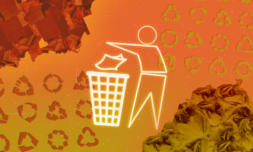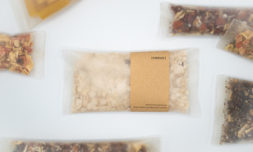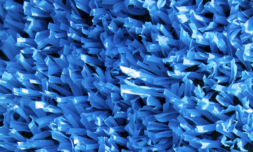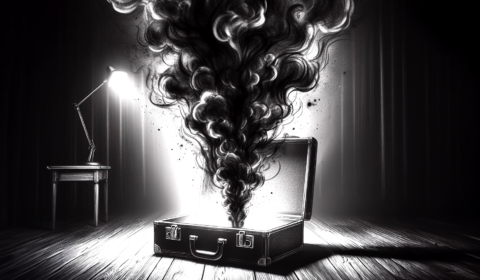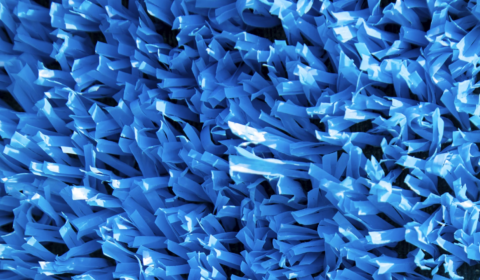For better or worse, Starbucks has transformed coffee culture forever. Its logo is instantly recognisable globally, but at the cost of becoming a ‘ubiquitous’ symbol of single-use waste. The enterprise is now aiming to phase out its disposable cups entirely by 2025.
If you’re feeling a twinge of guilt for that pumpkin spiced latte phase you go through every Autumn, don’t beat yourself up. We’re all victims of mainstream coffee culture.
Since sprouting up globally in the 1990s, the Starbucks consortium in particular has grown at a relentless pace. Frankly, if the mere mention of coffee doesn’t bring to mind that weird green mermaid logo, you’re either miles away from a major city, or own a coffee machine yourself.
The major drawback of commodification on this scale is that corners are almost always cut for the sake of convenience and profit margins, often at the expense of the environment. If you hadn’t already gathered, we’re of course referring to its ‘iconic’ single-use cardboard cup, of which 6bn are offloaded onto customers every year.
Despite how, technically, they are recyclable – which is commendable – Starbucks’ size and international reach means it cannot solely rely on the social responsibility of customers to act consciously. The fact that these cups are still found by the thousands in landfill and littering the streets is evidence of that.
Directly from the mouth of its own chief of sustainability, Michael Kobori, the brand’s single-use cup has been described as a ‘ubiquitous symbol of throwaway culture.’ Considering there’s almost as many disposable cups sold in 12 months as there are people on the planet, I’d say that’s a fair statement.
So, as brands transition to models more in tune with conscious consumerism, what has Starbucks got planned?










